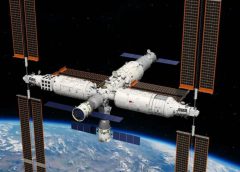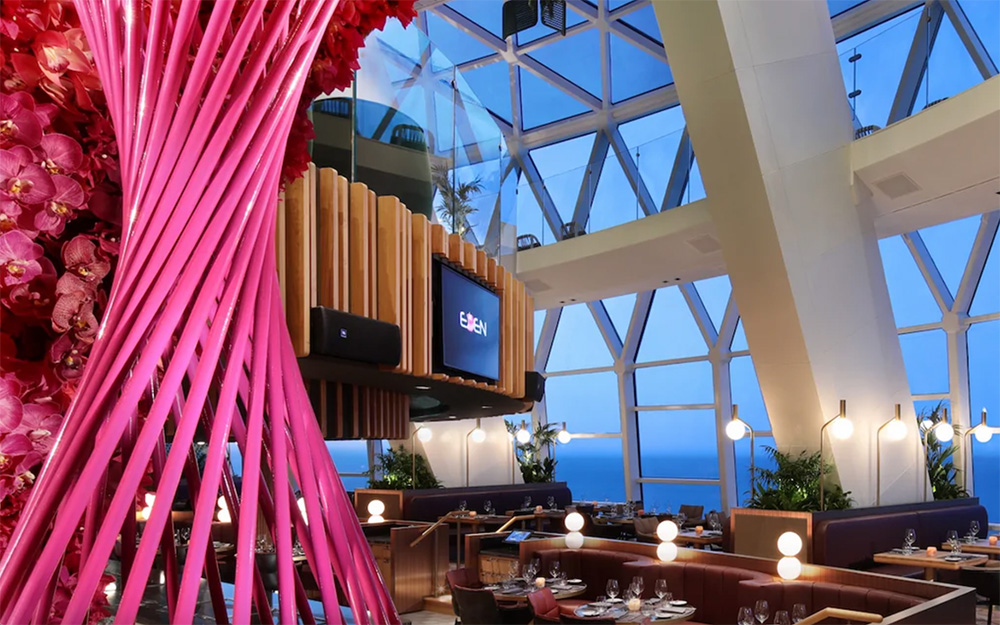
China Expects to Start Space Travel in 2025
[ad_1]
“Chinese commercial aerospace has ushered in the best development opportunity. It has entered the 2.0 era of application traction and market leadership from the 1.0 era of basic manufacturing and product R&D, and it will catch up with the development level of the US within 10 years,” said Yang Yiqiang, the first commander-in-chief of the Long March-11 rocket, according to a report by The Global Times on September 17.
Yang is currently Director of the Aerospace Flight Science and Technology Center at the Chinese Academy of Sciences. On July 27, the successful maiden flight of Lijian-1, the country’s largest solid carrier rocket, was brought about by CAS Space, a company involved in its development. Yang’s other title as the founder of CAS Space then became well known.
Yang said that the blooming period of China’s commercial aerospace will come by 2027 at the latest, according to three signs. First, satellite constellations are formed on a large scale, and carrier rockets enter the high-density launch stage to realize the recovery and reuse of low-cost large-scale liquid rockets. Second, the business model generated from commercial aerospace, such as space tourism, can be realized. Third, navigation positioning, navigation enhancement, low earth orbit internet and remote sensing constellation can provide services for the public and enterprises.
Space travel can be divided into three types. The first includes entering the space station, which has strict requirements on the physical and psychological quality of participants. The second is to take participants into space by twin-fuselage aircraft carriers represented by Virgin Galactic’s White Knight, although this mode has poor comfort and safety. The third is sub-orbital travel with mature technology, which is suitable for most people.
With the improvement of the business models, China is expected to start sub-orbital travel in 2025, with fares of about 2 million to 3 million yuan ($285,404 – $428,100).
Yang believes that the key to the development of China’s commercial aerospace is not rockets or satellites, but applications. The closer the services are to ordinary people and end users, the higher the business income. Yang has encouraged commercial aerospace actors to penetrate into ordinary people’s lives.
Yang emphasized that in the field of commercial aerospace, China and the US have formed a certain market scale. The US began to promote the commercialization of space in 1980s. When Elon Musk founded SpaceX, the industry had developed maturely in the US. Although China’s commercial aerospace operations started late, policy support, capital support and market demand will eventually allow it to catch up. 2015 was the first year of China’s aerospace commercialization. In the past seven years, leading enterprises have appeared in the fields of carrier rocket and satellite applications.
At present, China’s commercial aerospace field has entered the 2.0 era, and it is expected to enter the 3.0 era within five years. During this period, it is necessary to increase rocket capacity from 5 tons to 14 tons, build a global satellite constellation, realize rocket recycling and reduce costs.
China’s aerospace development has received great policy support. According to a white paper released by the Information Office of the State Council in January this year, in the next five years, China will cultivate new economic formats such as space tourism, space biopharmaceuticals, space debris removal and space test services, to enhance the scale efficiency of the space industry.
SEE ALSO: Chinese Commercial Aerospace Firm GalaxySpace Bags New Round of Financing
As opposed to satellite Internet, satellite communication and satellite navigation, the rapid development of the commercial aerospace industry has spawned new application fields. According to Future Space, a service platform, there were 32 investments and financing in the domestic commercial aerospace field in 2020, with a total financing amount of 9.013 billion yuan, a year-on-year increase of 76%.
[ad_2]
Source link


